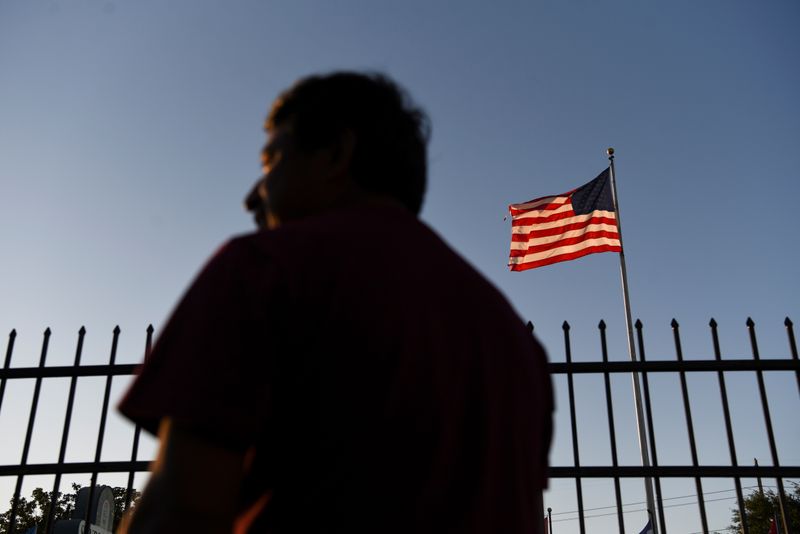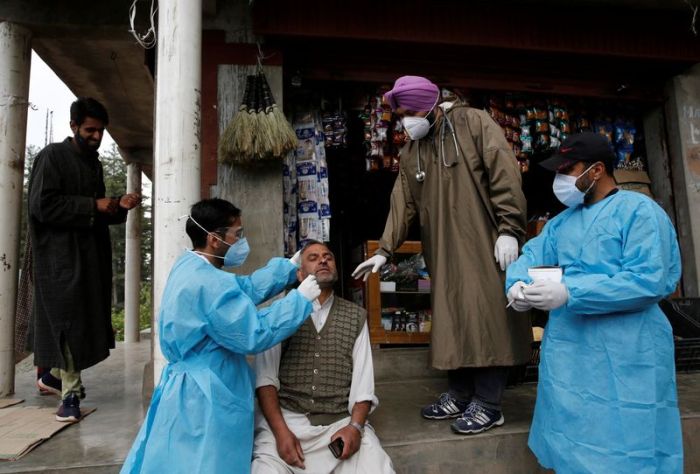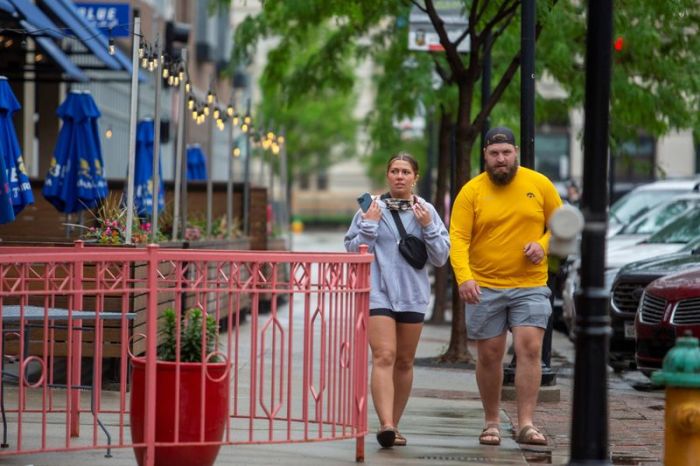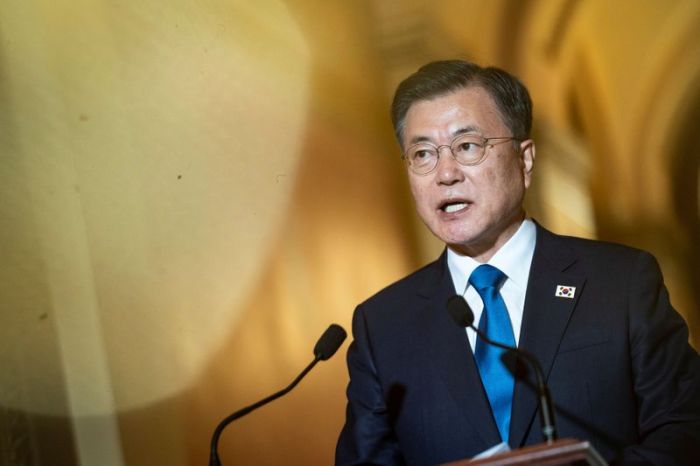MEXICO CITY (Reuters) – After six attempts to enter the United States from Mexico over two and a half months, 35-year-old Guatemalan migrant Nicolas was facing the prospect of failure and going back home to thousands of dollars of debt.
Then on his seventh shot – squeezing himself into a wedge on a cargo train for a harrowing seven-hour ride to Texas – he made it.
Since the pandemic flattened the tourism-driven economy of his lakeside town in Guatemala, word has gradually spread among Central Americans trying to get into the United States that once reaching the border, they can continue to try again, day after day, even if they are turned away the first few times.
This development is an unintended consequence of a COVID-19 health order implemented under former President Donald Trump that was put in place to slow migration during the pandemic. It has so far been kept in place by President Joe Biden despite calls for him to end it by migrant rights advocates.
Known as Title 42, the health order allows U.S. border agents to swiftly turn mainly Central American adults and families back to the Mexican side of the border, without levying traditional penalties for repeat crossers that can include prison time, or deporting them to their home countries thousands of miles south.
For Nicolas, that offered opportunities to keep trying.
“I thought, ‘I cannot return to Guatemala. I’m going to fight,” Nicolas said, remembering the promise to provide for his three children and wife. He had used her land as collateral to pay for the trip.
“If I go back to Guatemala… I’m going to lose everything.” Nicolas spoke on condition of only using his first name because he does not have legal status in the United States.
Repeat crossings have contributed to the jump in migrant apprehensions at the U.S.-Mexico border, at their highest monthly level in 20 years for the past two months.
This bump in crossings adds to the complications facing U.S. President Joe Biden’s administration as it tries to craft more humane border policies while under pressure from opposition Republicans and some Democrats over his handling of immigration.
Biden officials have said they will end this unprecedented use of Title 42, a pre-existing health code, when the Centers for Disease Control says it’s safe to end it. They have not provided a timeline.
U.S. Customs and Border Protection (CBP) turned back 94,082 single adults in April under Title 42, compared with 14,200 the same month in 2020 when the policy had just been introduced and pandemic lockdowns had severely restricted the movement of migrants.
Nearly 30% of people apprehended at the border last month had repeatedly crossed, a CBP spokesman said, compared with 7% in the 2019 fiscal year.
“If the goal is border management, Title 42 isn’t working,” said Aaron Reichlin-Melnick, policy counsel at the American Immigration Council, which advocates for migrants in the United States. “It has led more people to cross the border more times.”
CBP has said the order is aimed at preventing infections by reducing the number of migrants gathered in detention facilities, and some Republican lawmakers have supported it for migration control.
“The Biden Administration has made it clear that while we are rebuilding our immigration system people should not make the dangerous journey,” a White House official said. “There is no change in policy at the moment.”
‘OUT OF NECESSITY’
Nicolas tried to migrate to the United States twice in 2019 but was deported to Guatemala both times.
To cover the roughly $12,000 smuggling fee for the two attempts, he forfeited the small patch of land he had inherited from his mother and his two-bedroom home.
When the pandemic hit, he lost his job driving tourists to the jungles and volcanoes surrounding Lake Atitlan. He turned to tending crops and collecting firewood to feed his 10-year-old son and two daughters, ages 7 and 1, and mustered the courage to try another trip to the United States.
This time, Nicolas took out a bank loan with his wife’s land as collateral and gathered $13,000 to again pay a smuggler.
Traveling with him were eight young men from his hometown of San Pedro la Laguna, where the local indigenous language is Tz’utujil. They arrived in Nuevo Laredo in northeastern Mexico, opposite the border from Texas in January.
On Nicolas’ first attempt to cross the Rio Grande, he tried to swim away from border agents, scared of deportation. The agents caught him anyway, and dropped him off at the international bridge in minutes.
He relayed the news to his brother back home, who told Reuters how word begun to spread of this new method for crossing the border.
Nicolas said his smugglers offered to help him cross as many times as he needed within three months, but would charge him close to $2,600 for another three-month run.
After Nicolas was caught another four times trying to cross the river, the smugglers tried a new tactic. They led him with other migrants into the desert to await a cargo train headed into Texas. After five days with little food and water, the train arrived one night at 3 a.m. Nicolas squeezed into a slot above the wheel and held on for the seven-hour trip to the Texas town of Agua Dulce.
They were caught when a drone alerted migration agents to their arrival, Nicolas said, and once more, they sent him to Mexico. For a second time, he clung to the bottom of the dusty cargo train to reach Texas.
This time, his luck held.
Nicolas now lives in Houston and picks up construction jobs outside a Home Depot store, helping him send parts of his $100-a -day wages back home. Every week, his wife makes deposits towards Nicolas’ debt.
Nicolas said he hopes, in a few years, to return to his family.
“I miss them very much. But I came here out of necessity,” he said.
(Reporting by Daina Beth Solomon, Additional reporting by Sofia Menchu in Guatemala and Ted Hesson and Trevor Hunnicutt in Washington; Editing by Ross Colvin and Aurora Ellis)



























